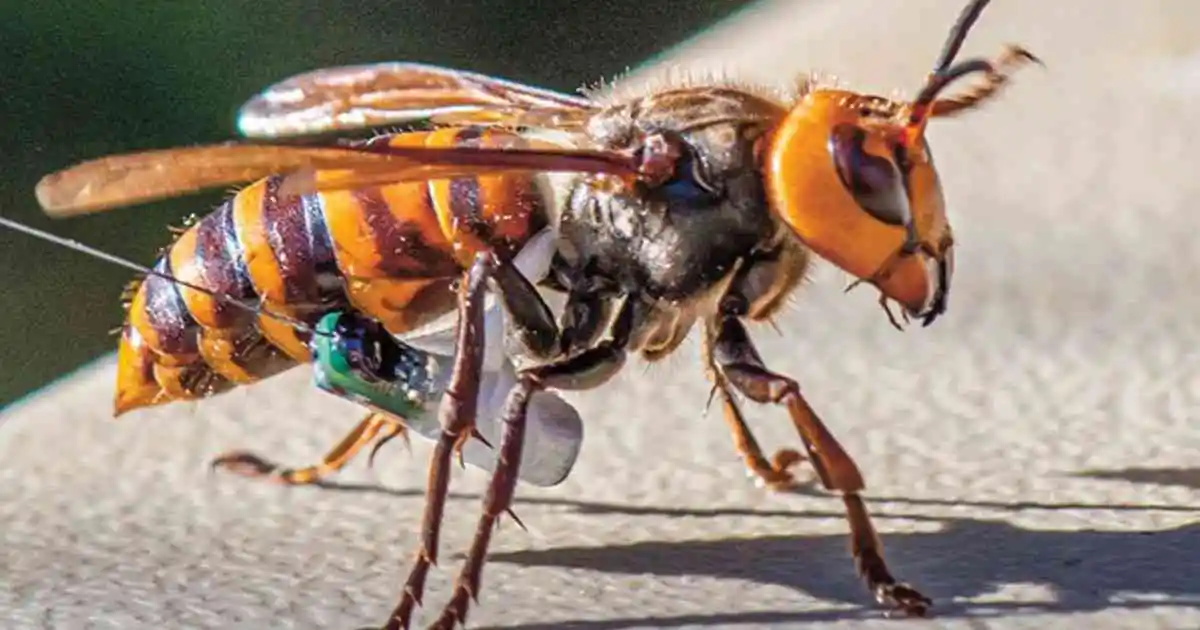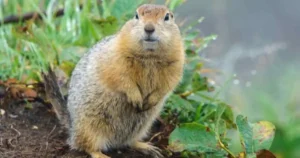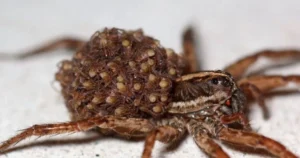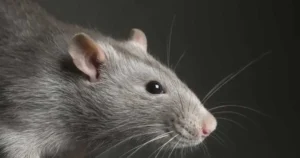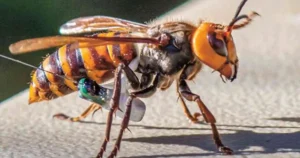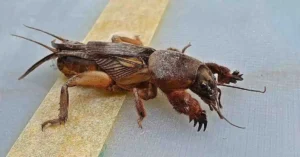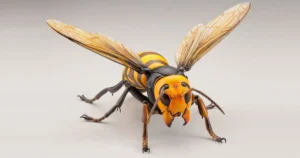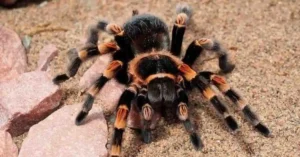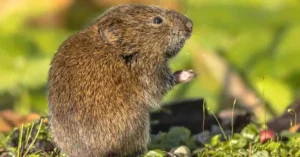The Asian giant hornet, also known as the “murder hornet,” has garnered widespread attention due to its invasive nature and potential threats to ecosystems and human safety. First discovered in North America in 2019, these formidable insects are native to East Asia and are the world’s largest hornets.
Now We explores the biology, behavior, risks, and control measures associated with Asian giant hornets while integrating essential LSI keywords for a comprehensive understanding.
What Are Asian Giant Hornets?
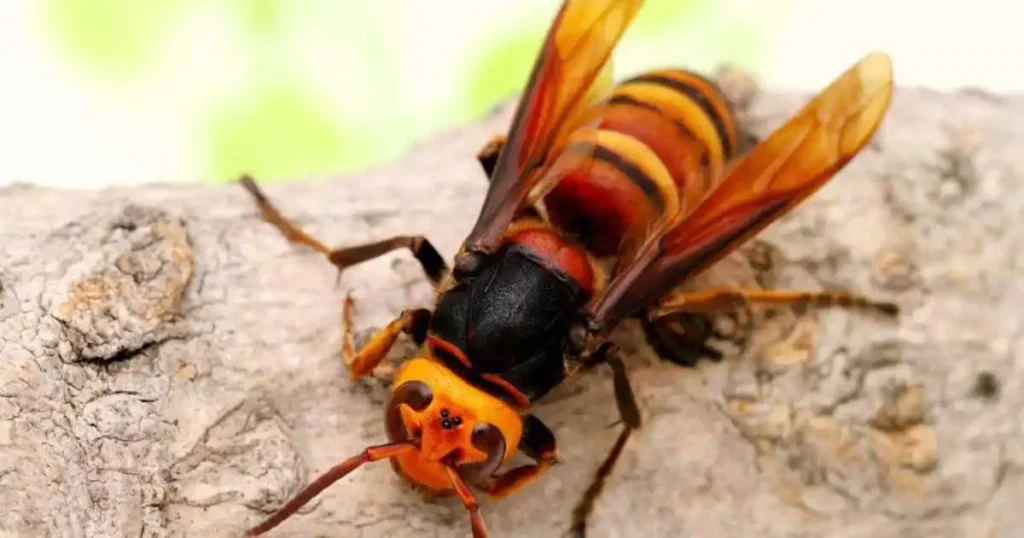
Asian giant hornets (Vespa mandarinia) are the largest members of the wasp family, easily identifiable by their size and bold coloration. Adults can grow up to 2 inches long, with queens being even larger. Their orange-yellow heads, large dark eyes, and black-and-orange striped abdomens make them stand out. Native to East Asia, they were first detected in North America in 2019.
These hornets prefer ground nests and are often found in abandoned rodent burrows or tree roots. Their nests can become expansive, reaching sizes of up to 2 feet wide. Common signs of nesting include visible mounds of excavated soil near burrows.
Asian giant hornets thrive in forested and rural areas but can adapt to various environments, increasing their ability to spread. This adaptability is one of the reasons they are considered a significant threat in invaded regions. Their life cycle includes overwintering queens that emerge in spring to establish new colonies, which can grow to house several hundred hornets by late summer.
The Impact of Asian Giant Hornets
The Impact of Asian Giant Hornets: Understanding Their Threat to Ecosystems and Agriculture.
Threats to Honeybees

Asian giant hornets pose a significant risk to honeybees, which are essential pollinators. A single hornet attack on a hive can result in the decapitation of adult bees and the theft of larvae to feed their own young. This predation severely threatens agriculture and biodiversity, as pollination is crucial for crop production.
Bee populations in regions where these hornets have invaded show signs of significant decline. Honeybees in North America are particularly vulnerable because they lack the evolved defense mechanisms that their Asian counterparts possess.
For instance, some Asian honeybees can form a “heat ball” around an invading hornet, effectively overheating and killing it—a strategy absent in Western honeybees.
Risks to Humans
Although these hornets are not inherently aggressive toward humans, they become highly defensive if their nests are disturbed. Their sting delivers a potent venom that causes intense pain, swelling, and in some cases, severe allergic reactions. Multiple stings can be life-threatening, necessitating immediate medical attention.
Each sting injects a large dose of venom that contains a neurotoxin called mandaratoxin. This toxin can cause tissue damage and, in severe cases, lead to organ failure. In Japan, where these hornets are native, they are responsible for approximately 30-50 human fatalities annually.
Detecting Asian Giant Hornets
Learn how to identify and respond to the presence of Asian Giant Hornets to protect your garden and ecosystem.
Behavioral Patterns
Asian giant hornets are most active during warmer months and are frequently seen near tree sap, fruit, or hummingbird feeders. Unlike typical wasps, they rarely visit flowers. Evidence of their activity includes mutilated honeybee hives and piles of decapitated bees near hives.
Visual Identification
Their size and striking coloration make them relatively easy to identify. Ground nests with wide openings or large papery combs are signs of their presence. If you suspect a nest, observe from a safe distance and report it to authorities.
A unique characteristic of Asian giant hornets is their “slaughter phase,” where they methodically attack and kill honeybees in large numbers. This phase is particularly devastating to local bee populations and serves as a key indicator of their presence in an area.
Controlling Asian Giant Hornets
Effective strategies for controlling Asian giant hornets and protecting your garden.
Precautionary Measures
- Avoid Interaction: Never approach or disturb a hornet nest on your own.
- Report Sightings: Notify local pest control or agricultural departments for proper handling.
- Public Awareness: Communities should be educated about identifying these hornets and understanding their behavior to ensure timely reporting and action.
Control Methods
- Trapping: Specialized traps baited with sweet attractants can capture these hornets. These traps are useful for monitoring their spread.
- Chemical Treatments: Products Quick Kill Insect Killer are effective against hornets when used as directed.
- Professional Services: Large nests should always be handled by professional pest control experts to minimize risks.
Integrated pest management strategies combining traps, chemical treatments, and community efforts have proven effective in controlling these hornets in affected areas. Researchers are also exploring biological control options, such as introducing natural predators or pathogens to suppress hornet populations.
Preventing Infestations
Effective Strategies to Prevent Murder Hornet Infestations.
Yard Maintenance
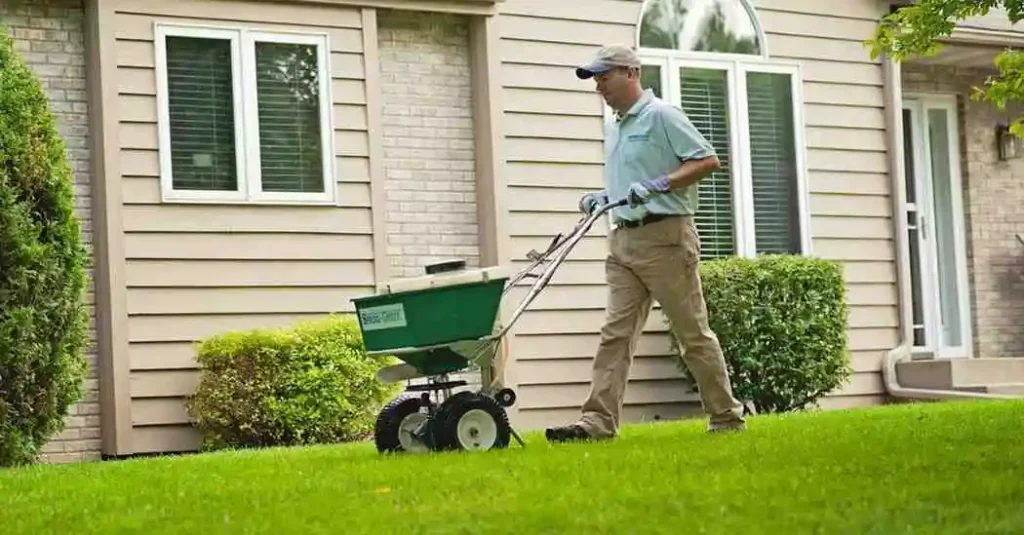
Inspect your property for potential nesting sites, such as tree stumps or burrows. Sealing these areas can help prevent hornets from settling. Regular yard cleaning and maintenance reduce the likelihood of attracting these pests.
Reducing Attractants
Minimize food sources by covering fruit trees, securing trash bins, and promptly cleaning up food debris. Deterrent sprays can also be applied to high-risk areas.
Additionally, placing protective netting over beehives can shield them from hornet attacks. Farmers and beekeepers in regions prone to hornet invasions should adopt such measures proactively.
Frequently Asked Questions
What should I do if I see an Asian giant hornet?
If you spot an Asian giant hornet, maintain a safe distance and report the sighting to local authorities. Avoid attempting to handle or eliminate the insect yourself.
Are Asian giant hornets a danger to pets?
Yes, they can pose a threat to pets, especially if pets disturb a nest. Stings may cause severe pain or allergic reactions. Consult a veterinarian immediately if your pet is stung.
How can I identify Asian giant hornets compared to other wasps?
Asian giant hornets are significantly larger, with orange-yellow heads and black-and-orange striped abdomens. They are ground nesters, unlike most other wasps that prefer aerial nests.
Can Asian giant hornets be eradicated completely?
Eradication is challenging but achievable with coordinated efforts involving trapping, public reporting, and professional removal. Continuous monitoring and control are essential to prevent their spread.
Conclusion
The Asian giant hornet’s presence in North America has raised ecological and safety concerns. Their impact on honeybee populations and potential risks to humans emphasize the need for vigilance and informed action.
By understanding their behavior, implementing preventive measures, and cooperating with pest control professionals, we can mitigate the threat posed by these invasive insects. Awareness and collective efforts are crucial to protecting ecosystems and communities from this formidable pest.
While eradication efforts are underway in affected regions, public awareness and proactive measures are essential for long-term success. Reporting sightings, supporting scientific research, and fostering collaboration among governments and local communities can help preserve biodiversity and safeguard ecosystems from future invasions.

James William is a passionate animal lover and expert in the Animals and Pets niche. With years of experience in pet care, wildlife studies, and blogging, James shares practical tips, heartwarming stories, and expert advice to help pet owners build stronger bonds with their furry, feathered, and scaly companions.
